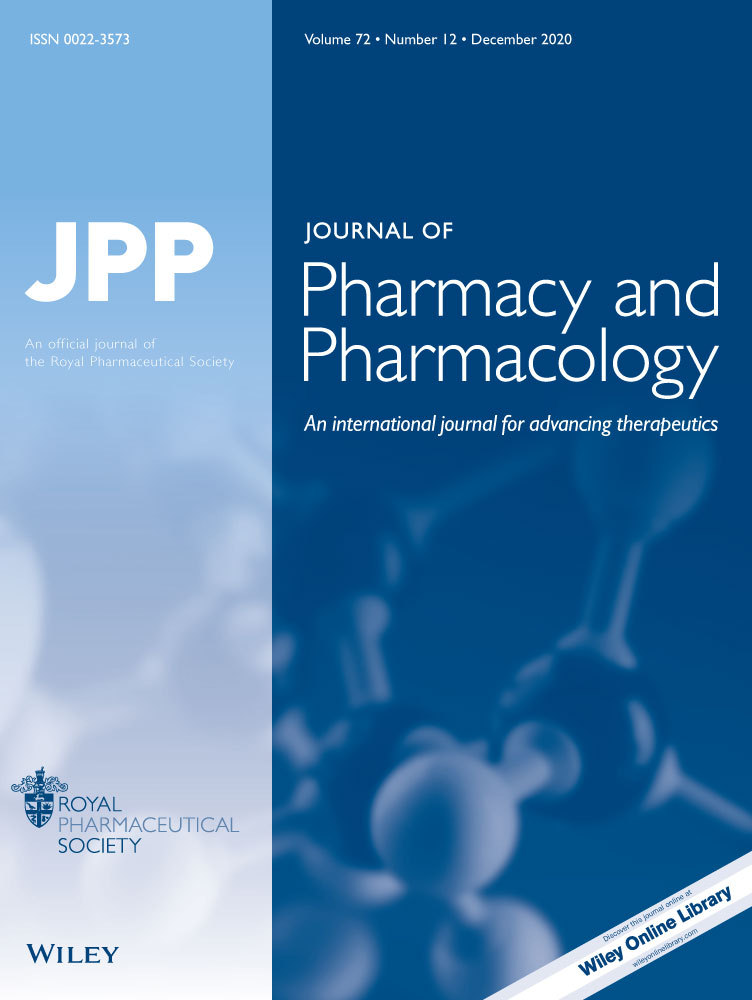Cefuroxime axetil solid dispersion with polyglycolized glycerides for improved stability and bioavailability
Abstract
Objectives Cefuroxime axetil (CA), a poorly soluble, broad spectrum cephalosporin ester prodrug, is hydrolysed by intestinal esterase prior to absorption, leading to poor and variable bioavailability. The objective was therefore to formulate a stable amorphous solid dispersion of the drug with enhanced solubility and stability against enzymatic degradation.
Methods Spray drying was used to obtain a solid dispersion of CA with Gelucire 50/13 and Aerosil 200 (SDCAGA), and a solid dispersion of CA with polyvinyl pyrrolidone (SDCAP); amorphous CA (ACA) was obtained by spray drying CA alone. The formulations were characterized by differential scanning calorimetry, X-ray powder diffraction, scanning electron microscopy and Fourier transform infrared spectroscopy studies, and compared for solubility, dissolution and bioavailability in rats.
Key findings SDCAP and SDCAGA showed improved solubility and dissolution profiles owing to amorphization and formation of solid dispersions with hydrophilic carriers. The improved stability of amorphous CA in solid dispersions compared to ACA alone was attributed to hydrogen bonding interactions involving the amide of CA with the carbonyl of polyvinyl pyrrolidone in SDCAP, whereas in SDCAGA the interactions were at multiple sites involving the amide and carbonyl of CA with the carbonyl and hydroxyl of Gelucire 50/13. However, SDCAGA showed superior bioavailability compared to SDCAP, ACA and CA.
Conclusions Improvement in physical stability of solid dispersions was attributed to hydrogen bonding, while improvement in bioavailability of SDCAGA compared to SDCAP, in spite of comparable solubility and dissolution profile, may be attributed to Gelucire, which utilizes intestinal esterase for lipolysis, protecting the prodrug from enzymatic degradation to its non-absorbable base form.




